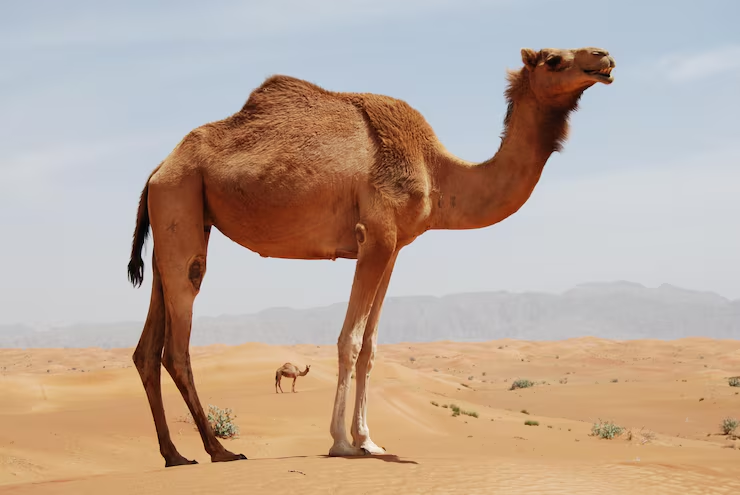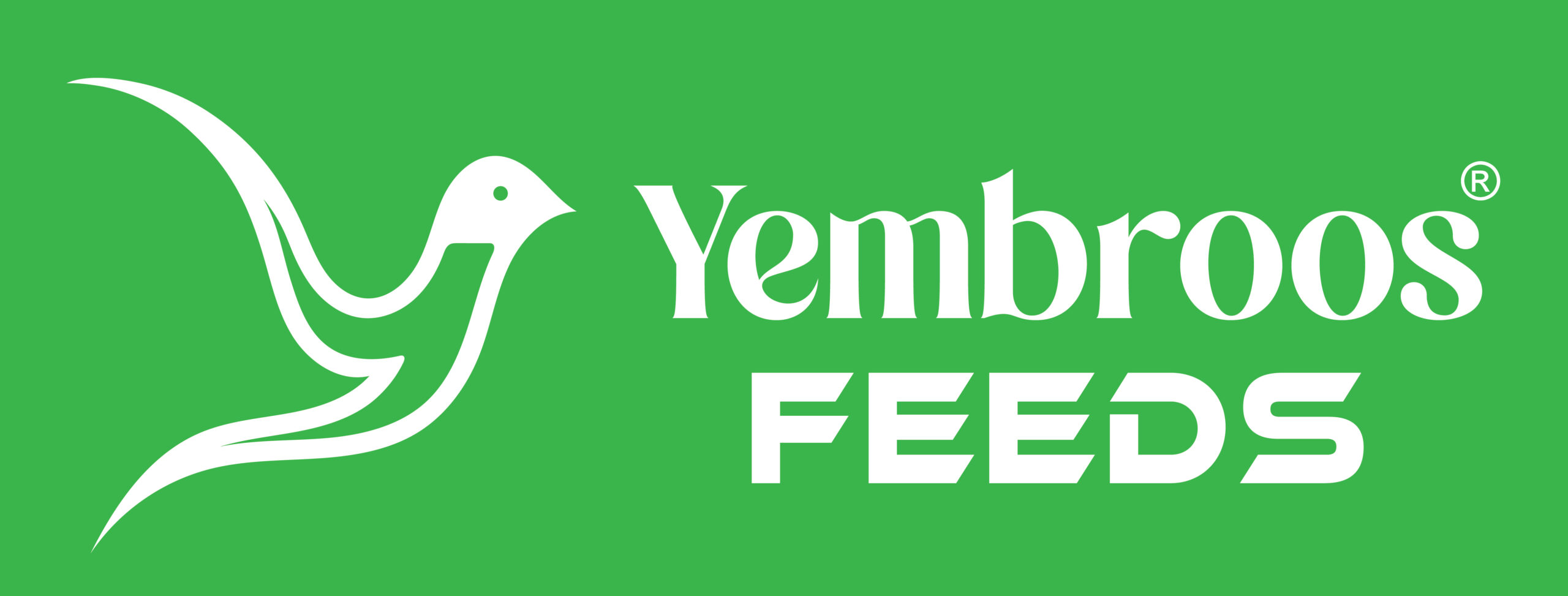
Yembroos Animal Feeds India Private Limited, headquartered in the Thrissur District of Kerala, is one of the leading Camel Feed Manufacturers, Camel Feed Exporters, Camel Feed Suppliers, Camel Feed Distributors, Camel Feed Vendors, Camel Feed Companies, and Camel Feed Producers. We serve camel farms across Asia, Africa, Middle East, and Europe with high-precision, scientifically formulated camel nutrition solutions.
Our wide and highly specialized product portfolio positions us among the most renowned globalCamel Feed Manufacturers, Camel Feed Exporters, Camel Feed Suppliers, Camel Feed Distributors, Camel Feed Vendors, Camel Feed Companies, and Camel Feed Producers.
We provide a complete and standalone Camel Nutrition Solution, ensuring that camel farms do not need any additional supplements, additives, or external boosters. Each formula is developed through advanced ruminant nutrition science to enhance performance, stamina, reproduction, milk yield, racing speed, and overall herd health.
✅ Our Camel Feed Range Includes:
- Camel Milk Replacer Feed
- Camel Calf Starter Feed
- Camel Calf Grower Feed
- Camel Breeder Feed
- Breeding Camel Feed
- Milking Camel Feed
- Dairy Camel Feed
- Camel Fattener Feed
- Camel Farm Feed
- Camel Farming Feed
- Camel Race Feed
- Racing Camel Feed
- Bactrian Camel Feed
- Arabian Camel Feed
- Feed for Camels / Camel Feed for All Breeds
Each feed type is formulated to meet the nutritional demands of Arabian camels, Bactrian camels, racing camels, breeding camels, dairy camels, working camels, and camel calves.
🌾 Additional Expertise
We are industry leaders in:
- Camel Forages
- Camel Fodder Solutions
Our forages and fodder ensure digestive health, endurance, and optimal metabolism for camels in desert, farm, or racing environments.
